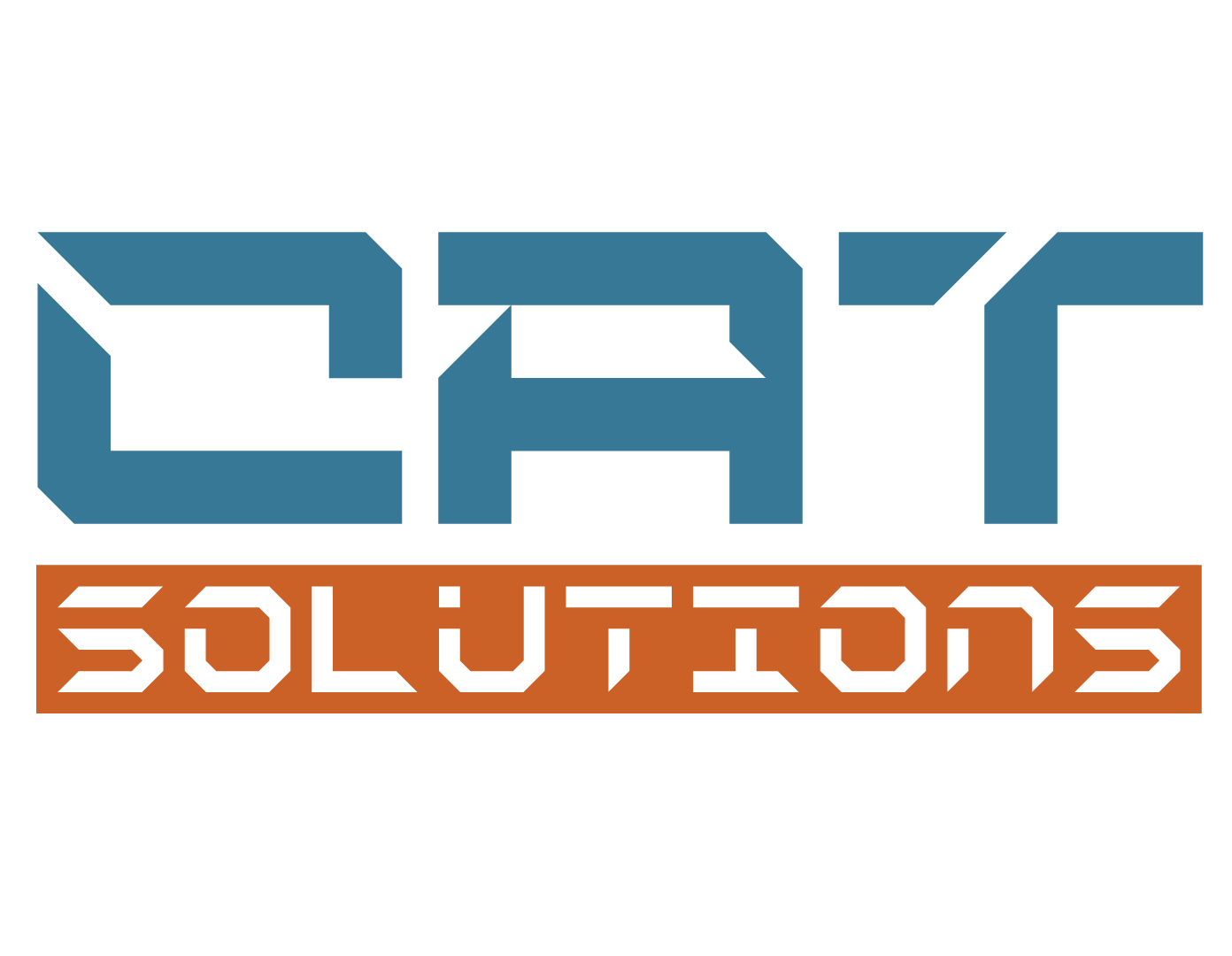DESCRIPTION:
The goal of this training is to take you to a higher level of productivity when creating and working with assemblies.
You begin by focusing on the Top-Down Design workflow. You learn how tools are used to achieve this workflow using Derive, Multi-Body Design, and Layouts. Other topics include model simplification tools, Positional and Level of Detail Representations, iMates and iAssemblies, Frame Generator, Design Accelerator, and file management and duplication techniques.
PREREQUISITES:
- The class assumes mastery of Autodesk Inventor basics as taught in Autodesk® Inventor®: Introduction to Solid Modeling. In addition, Autodesk® Inventor®: Advanced Part Modeling knowledge is recommended.
- The use of Microsoft® Excel is required for this training course.
TOPICS COVERED:
- Applying motion to existing assembly constraints using Motion and Transitional Constraints.
- Introduction of the Top-Down Design technique for creating assemblies and its components.
- Tools for Top-Down Design, such as associative links, adaptive parts, multi-body and layout design, derived components, and skeleton models.
- Creating Positional Representations to review motion, evaluate the position of assembly components, or document an assembly in a drawing.
- Using Shrinkwrap and other model simplification tools to create a part model that represents an overall assembly.
- Creating Level of Detail Representations to reduce the clutter of large assemblies, reduce retrieval times, and substituting models.
- Using the Design Accelerator to easily insert standard and customizable components and features into your model.
AUTODESK INVENTOR Advanced Assembly Modeling Lessons :
Chapter 1: Advanced Assembly Tools
- Assembly Motion Constraints
- Assembly Transitional Constraints
- Tips for Working with Assemblies
- Tips for Working with Assembly Relationships
Chapter 2: Introduction to Top-Down Design
- Top-Down Design Process
- Top-Down Design Tools
Chapter 3: Derived Components
- Derived Components
- Modify Derived Components
Chapter 4: Multi-Body Part Modeling
- Multi-Body Part Modeling
Chapter 5: Layout Design
- Layout Design
Chapter 6: Associative Links and Adaptive Parts
- Associative Links
- Adaptive Assembly Parts
Chapter 7: iMates
- iMates
Chapter 8: Positional Representations
- Introduction to Positional Representations
- Create and Edit Positional Representations
- Use Positional Representations
Chapter 9: Model Simplification
• 9.1 Introduction to Model Simplification
• 9.2 Model Simplification Tools – Simplify
• 9.3 Model Simplification Tools – Simplify View
• 9.4 Model Simplification Tools – Define Envelopes
• 9.5 Create Simplified Part
Chapter 10: Assembly Model States
• 10.1 Assembly Model States
• 10.2 Substitute Model States
• 10.3 Creating Derived Substitutes
• 10.4 Linking Model States
• 10.5 Placing and Opening Assemblies Using Model States
• 10.6 Using Model States in Drawings
• 10.7 Using Model States in Presentations
Chapter 11: iAssemblies
• 11.1 Introduction
• 11.2 Create Basic iAssemblies
• 11.3 Create Multi-Level iAssemblies
• 11.4 Create iAssemblies Using Existing Assemblies
• 11.5 Place iAssemblies
• 11.6 Edit iAssemblies
Chapter 12: Advanced File Management
• 12.1 Design Assistant
• 12.2 Pack and Go
• 12.3 Purging Old Files
Chapter 13: Design Accelerator
• 13.1 Design Accelerator
• 13.2 Generators
• 13.3 Calculators
• 13.4 Engineer’s Handbook
Chapter 14: Inventor Studio
• 14.1 Rendering
• 14.2 Animation
• 14.3 Video Producer
• 14.4 Creating a Standard Room
Chapter 15: Frame Generator
• 15.1 Frame Generator
• 15.2 Structural Shape Author
Chapter 16: Assembly Duplication Options
• 16.1 Pattern Components
• 16.2 Mirror Components
• 16.3 Copy Components
Chapter 17: Working with Weldments
• 17.1 Working with Weldments
• 17.2 Fillet Welds
• 17.3 Cosmetic Welds
• 17.4 Groove Welds
